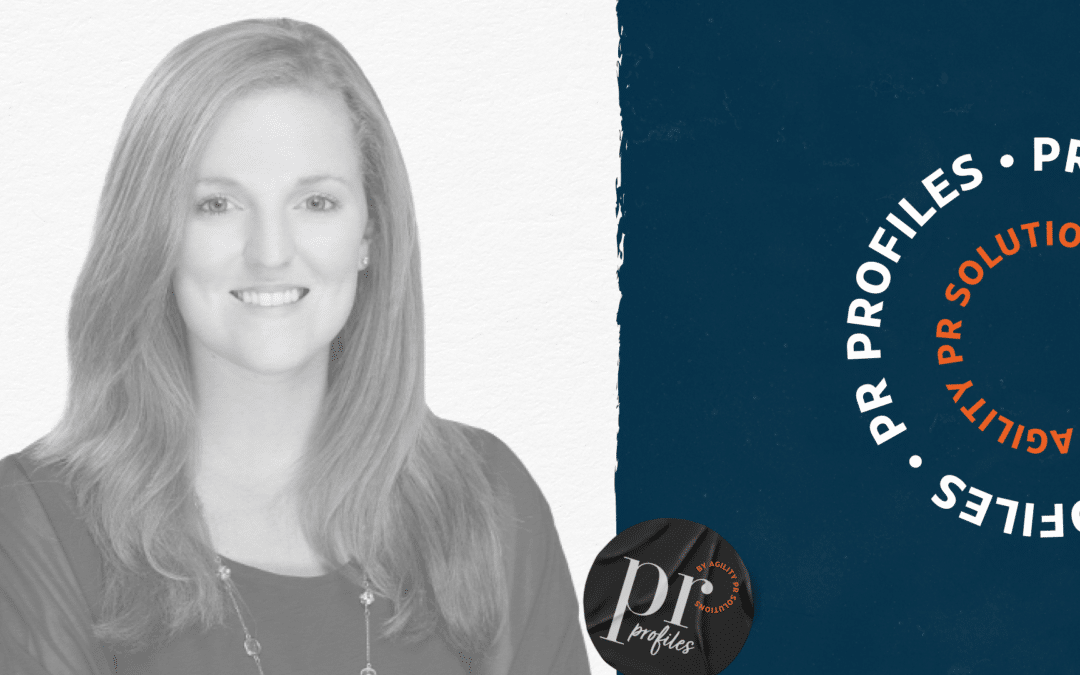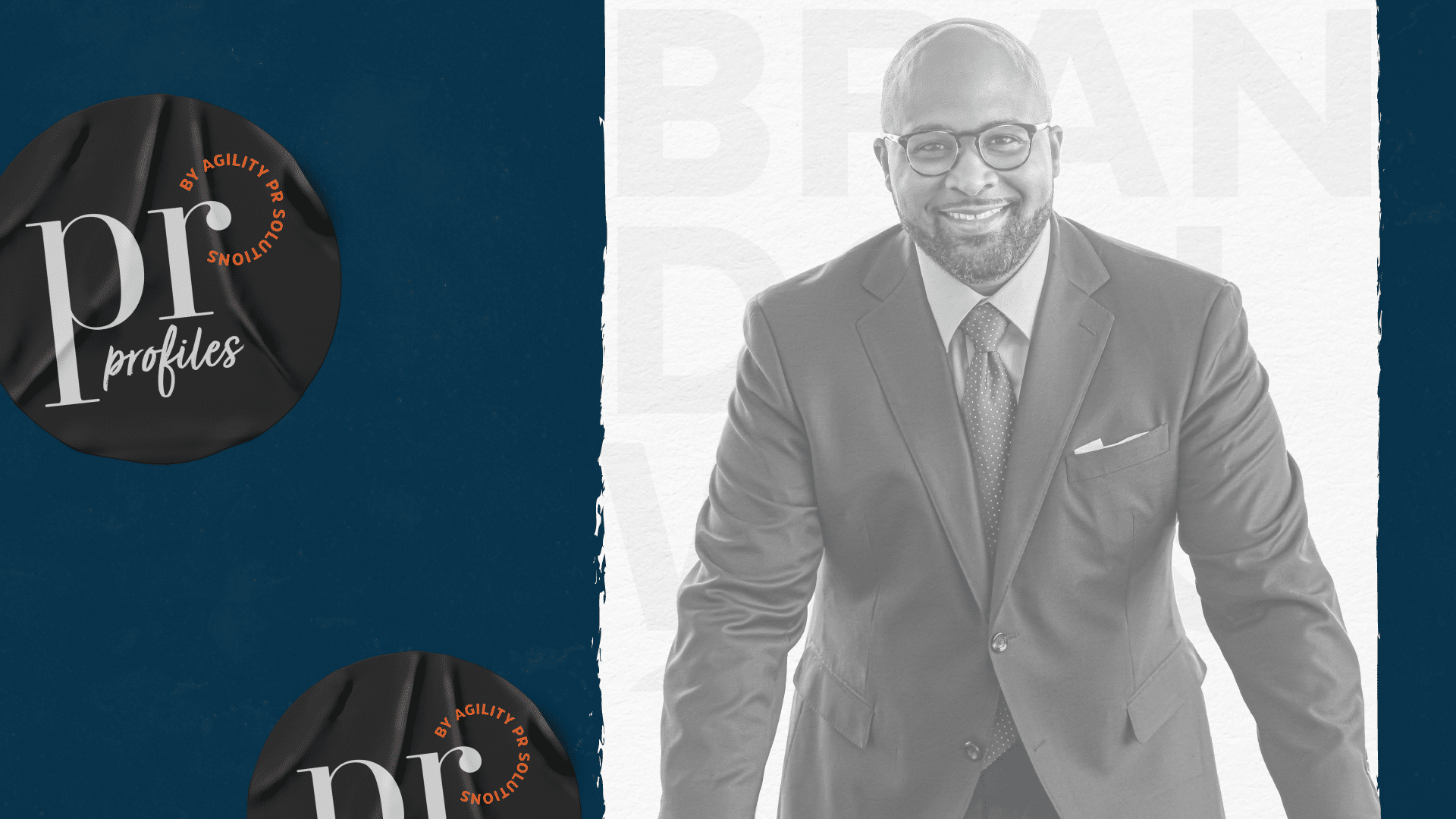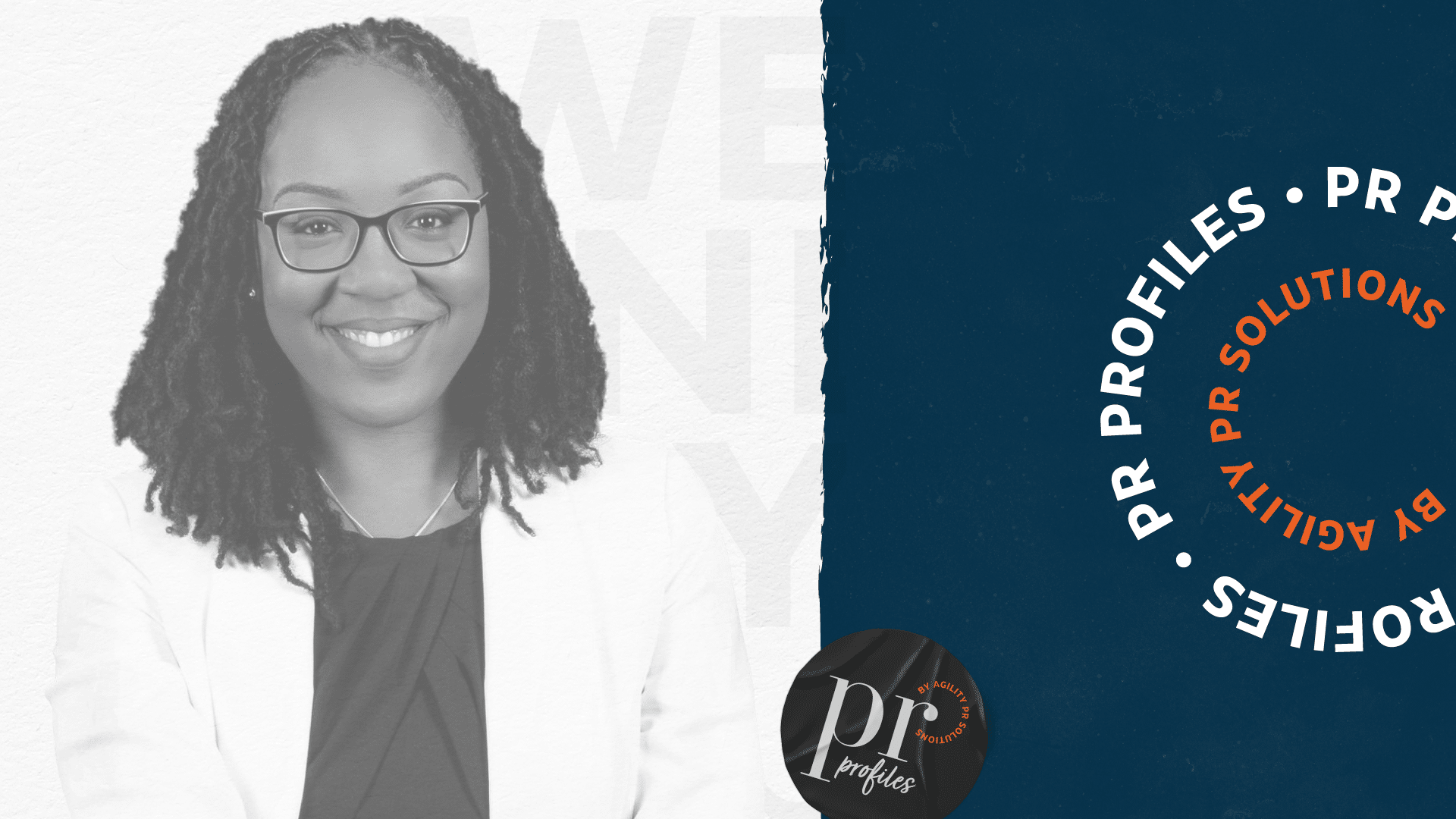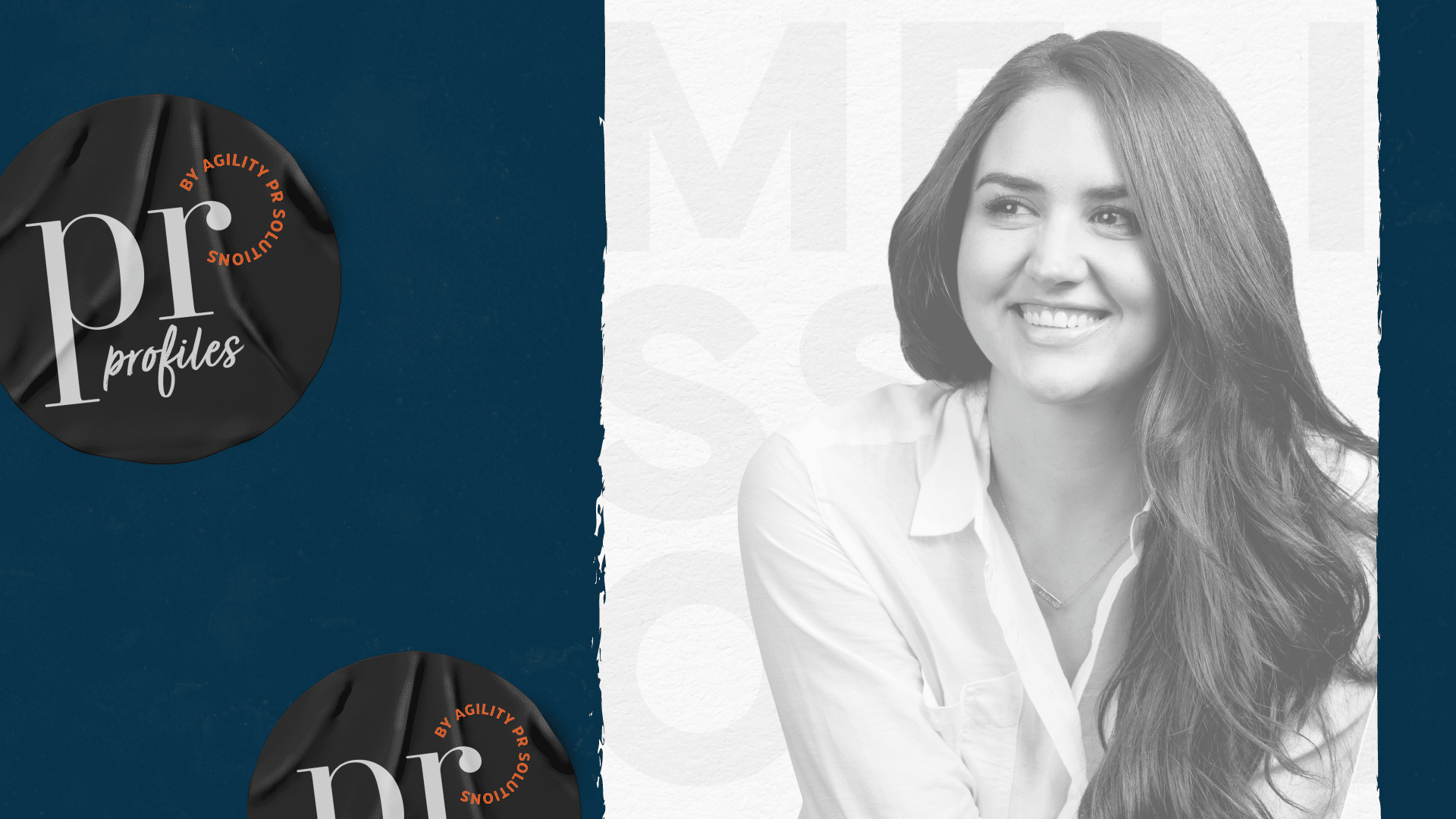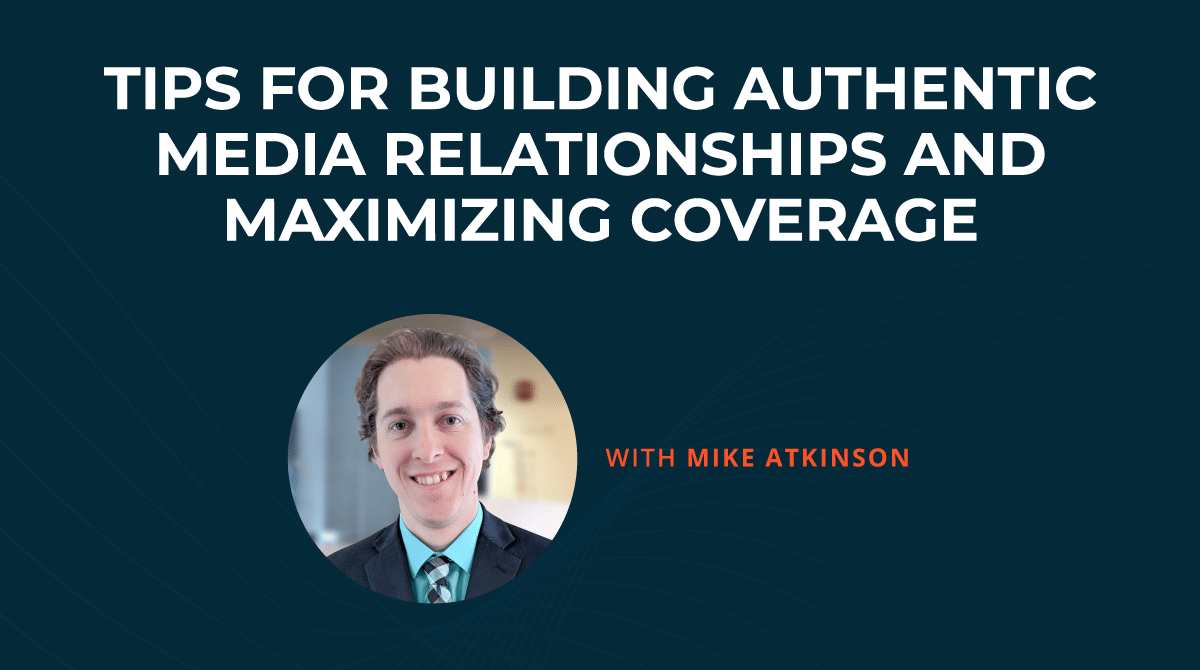Creating essential guidelines for generative AI in PR and healthcare
Before joining CURA Strategies in April 2023, Stephanie Wight had already spent a decade working creatively to translate complex healthcare issues for lay audiences and secure top-tier media coverage for patient advocacy organizations, hospitals and health systems, professional societies and government agencies. In her new role as Vice President of Media Relations at CURA, she helps elevate her clients’ work to overcome current healthcare challenges, like the ones she identified for us during her PR Profiles podcast interview.
“A challenge that I’ve been seeing across healthcare is that oftentimes, policies are lagging behind innovations,” says Stephanie on our latest episode. “We may have amazing new treatments or prevention methods or a great standard of care, but if we don’t have the policies and the practices that are needed for those innovations to actually reach patients, then we’re not providing optimal care.”
Stephanie’s been actively tackling this challenge in her work with the transplant community. “They have innovative molecular diagnostic tests that have been revolutionary for patients after they undergo a transplant to help extend the life of that organ,” says Stephanie. “Right now, we’re battling coverage restrictions for those tests. And that’s something where communications can come in to help tell the story around why this matters for patients, and zoom out from the nitty gritty details of these nuanced policy issues to reach policymakers, reporters, and stakeholders with a call-to-action that can help make a difference.”
These are big challenges to take on, and PR and communications agencies like CURA are augmenting their offerings and practices with AI to improve their services and efficiency. However, Stephanie and the rest of the team at CURA aren’t diving into the world of AI with their eyes closed. CURA leadership has been putting together a framework for how the agency can use generative AI and what possible guardrails might be needed to define how it should and shouldn’t be used at the agency.
“The leadership team at CURA has been focusing on getting the lay of the land, experimenting with these tools, and then thinking about how we can create a playbook for our staff internally,” says Stephanie. To create this playbook, they surveyed staff as well as clients to help get a sense of their experience with generative AI, what some of the common perceptions are, and what knowledge gaps might need to be addressed, while also doing their external research and listening to what the experts in AI are saying.
“We’ve developed that initial framework for our internal team,” says Stephanie. “It’s a lot about how we can use generative AI for certain aspects of our work to improve it but not replace any of the human elements. We’re here to be strategic thinkers, do that deep work and set guardrails so that we’re being responsible.” Stephanie shares an example of one such guardrail that applies to earned media: “We’re often privy to client information that’s not yet public, whether that’s embargoed data or a big announcement. We need to be very careful not to plug any of that information into a generative AI tool, because then it becomes public knowledge for anyone using that tool.”
Stephanie and the team are also looking beyond themselves and generative AI to the broader topic of AI and how it’s being applied in the healthcare space. As part of their framework, they also wish to help educate their clients on how to navigate these new tools and what they’ve concluded is that it’s about augmentation, not replacement. CURA believes there must always be a human aspect. Stephanie shares an example of the possible ramifications of allowing AI to own the work itself. “Recently the National Eating Disorders Association said that they were going to transition from using volunteers for their hotline to using an AI-generated chatbot. And it got some backlash: first, the volunteers were upset because they felt an opportunity to help people was being taken away from them, and also, there is risk in using a chatbot in a situation where there could be a crisis or just in a conversation that needs a human judgment call.”
Used wisely, Stephanie thinks that AI has the power to do good in PR and healthcare. “It’s really an exciting time in PR and communications to be thinking about generative AI and how we can be using it to elevate our work. But making sure that we’re using it responsibly is so, so important.”
The full interview with Stephanie is available as a podcast on Spotify, Apple Podcast, and other major platforms.
PS: This isn’t the first time we’ve interviewed someone from CURA Strategies. If you haven’t already, check out Episode 11, featuring Jen Kelley Young, Senior Vice President at CURA.

